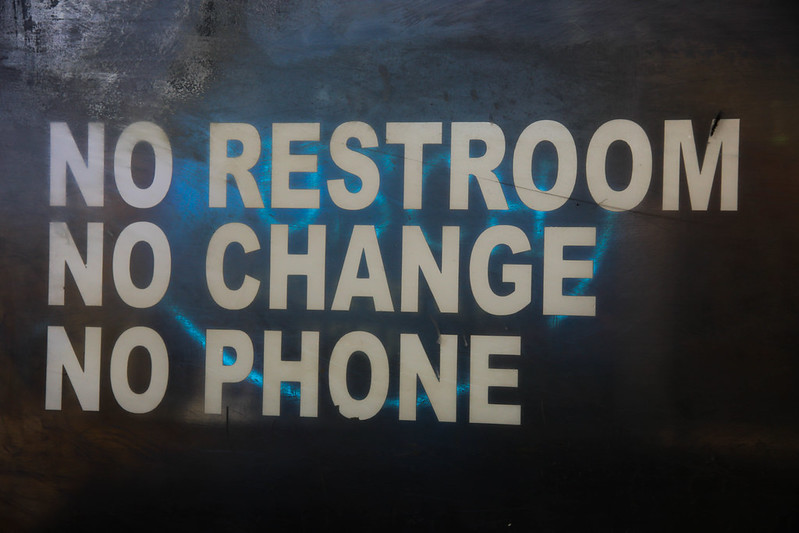Big Questions regarding Proposed Regs

This is going to sound crazy, but I’m actually really looking forward to tomorrow’s online public hearing regarding the proposed additions and amendments to its Rules of Practice and Procedure. (If you want the “TLDR” version of these proposed regs, I recently posted a summary of these changes).
- Board Rule § 10816 allows a party to provide notice they intend to appear electronically for any hearing upon a petition setting forth “good cause.”
- What constitutes good cause to appear electronically?
- Board Rule § 10815 sets forth the means for a party to object to a hearing or trial taking place by electronic means. There does not appear to be similar guidance under Board Rule § 10816 on requesting a live hearing or trial take place electronically.
- Once a timely petition has been filed, is there any additional step that party needs to take to appear electronically or is such a petition presumed granted?
- What if there is no response from the Board to such a notice of intention to appear electronically?
- Board Rule § 10816 appears to relate to only the noticing party appearing electronically – and does not appear to require the hearing be conducted electronically for all parties. Prior to the pandemic the Board utilized the CourtCall system to permit one party to appear telephonically, irrespective of the preferences of other parties, and subject to judicial discretion.
- Will the Board conduct hearings where some, but not all parties, are appearing electronically?
- The WCAB decision “In Re: COVID-19 State of Emergency En Banc (Misc. No. 260),” 3/18/2020, suspended the requirement for witnesses and live signatures to settlement agreements as set forth in Cal. Code Regs., tit. 8, § 10500(b)(6) and DWC-CA forms 10214(c)-(e). Although parts of this decision relating to different regulations have been rescinded over the last 18 months, this particular change as it relates to allowing electronic signatures and witnesses has not been altered.
- Will the WCAB En Banc Misc. No. 260 removing the requirement for live signatures and witnesses be made permanent or formalized in a regulation?
What questions do you have?
Photo courtesy of Benjamin Reay



